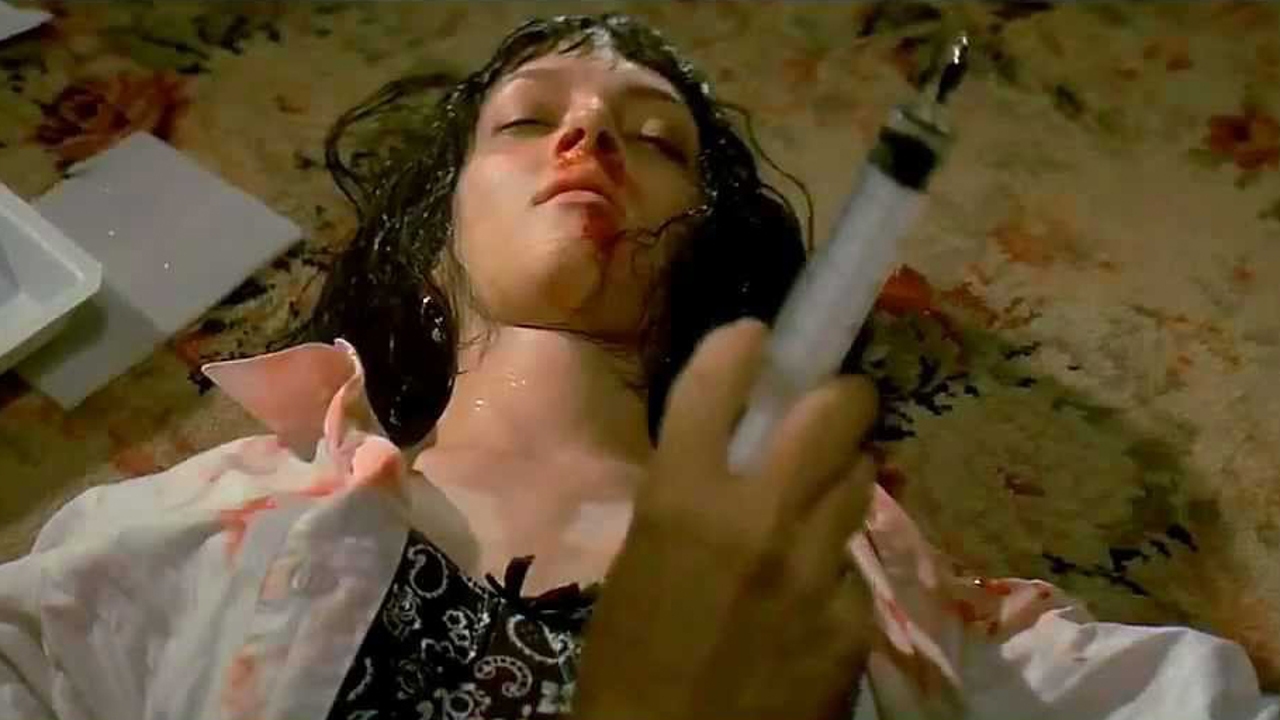Almost a third of the deaths that occur in Spain each year are due to diseases related to the circulatory system. Of them, most
correspond to ischemic heart pathologies. Myocardial infarction continues to kill nearly 15,000 lives annually in our country despite
that the incidence of the disease has not stopped decreasing since 2006.
Improving emergency care methods allows more and more patients suffering from a cardiac crisis can save their lives. Even so,
Surviving a heart attack can leave a indelible scar on the heart.The probability of suffering a second episode varies between 10 and 50%
according to different biological, environmental and behavioral factors. Therefore, it is necessary to maintain permanent health care for the survivor of a cardiac crisis.
New healing strategy
In recent years, numerous lines of research have been developed that aim to regenerate damaged tissue after a crisis of this type. Many of the
attempts to transplant cardiac muscle precursor cells They give good results, but they face certain adverse effects, such as increased
disproportionate risk of arrhythmias.
This week, the scientific community learned of a new healing strategy which could help improve the conditions of an infarcted heart, greatly limiting the added risks. Is about directly inject spheroids composed of human stem cells into damaged organs. The idea has been tested on laboratory animals and presented by scientists from Shinshu and Keio Universities in Japan.
Until now, efforts to regenerate lost heart muscle in patients have focused on the use of Human Induced Pluripotent Stem Cells (HiPSCs). These cells (which have been researched since the first decade of this century) are obtained from cells of adult tissue.
In the embryonic state, all our cells are pluripotent, That is, they have not specialized in a specific function. As the embryo develops, the human cells specialize in a task (they can be cardiac tissue cells, form part of the retina, become neurons…)
Science is able to relatively direct the development of one of these cells and specialize it in a desired function in the laboratory. Since the discovery of HiPSCs, It is not necessary to use human embryos to carry out this process. Now we can extract a cell from an adult tissue (from a person's skin or fat, for example), rewind its state to return it to a pluripotent state and re-specialize it in a different function.
Avoid arrhythmias
In this way it has been achieved a long time ago reprogram cells to behave like cardiomyocytes, the heart cells that contract or stretch spontaneously to produce a heartbeat. When these reprogrammed cells are injected into an infarcted heart, they can begin to generate healthy muscle. But most clinical trials with this therapy show that There is a very high risk of arrhythmias after treatment.
The Japanese study suggests an alternative. Instead of injecting induced pluripotent cells, Researchers have developed microscopic spheres with groups of those same cells.
First of all, they have extracted cells from various patient tissues and they have been reprogrammed in the laboratory to convert them into cardiomyocytes. After purifying them, they have been able to generate three-dimensional clusters or spheroids with them that can be injected. To check its effectiveness, they have injected 60 million cardiomyocytes grouped in spheroids in the heart of macaque monkeys of the species Macaca fascicularis.
The animals had recently suffered heart damage. The study has yielded interesting results. Firstly, through the use of electrocardiograms it has been proven that the injected cells immediately fulfill the function of a healthy cardiomyocyte: they respond to stimuli in the way that normal cells of a ventricle do.
Positive evolution
Furthermore, they respond to the use of drugs that stimulate cardiac function and present a correct adhesion to the heart of the animal. This is possible because the injected cells soon express proteins such as connexin 43 responsible for forming junctions in the tissue that receives them. But the most important thing is that the Evolution of the animals was very positive after receiving the injection.
Compared to individuals receiving placebo, treated monkeys experienced a almost zero risk of arrhythmia. Through the use of echocardiography and CT, it was shown that these same monkeys presented a better heart function (measured by monitoring ventricular ejection capacity) from 4 hours after therapy. Finally, subsequent biopsies showed that anatomically, The new cells had integrated normally into the damaged heart.
Although the study has only been carried out with animals, the cellular reprogramming and creation of the spheroids protocols are perfectly applicable to humans. In fact, the transport of the cells from the laboratory where they were modified to the facilities where they were implanted in the macaques (more than 200 kilometers away) was carried out in conventional containers refrigerated at 4 degrees, which suggests that the technique It does not require large and expensive cryopreservation infrastructure to be effective.
The next step, obviously, will be to extend these trials to the clinic with human patients before being able to announce the first injection therapy to repair infarcted hearts in a simple and safe way.

